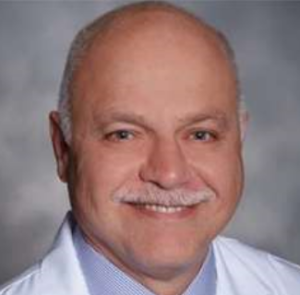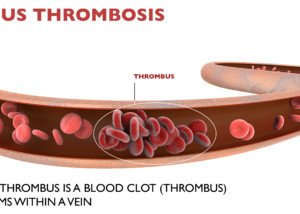
How is a post-surgical DVT treated if giving the patient a blood thinner can cause dangerous internal bleeding?
If a DVT develops during or after surgery, how is it treated if giving the patient a blood thinner (anticoagulant) can cause life-threatening internal hemorrhaging?
I was alarmed when the doctor ordered no treatment for my mother’s post-surgical DVT in her neck.
There was the risk that it would break loose and go to her lungs and become a pulmonary embolus — a blood clot blocking a vein leading to the lungs, which can kill in minutes.
Instead, the “big DVT” was just left to sit there while she was in ICU following her quintuple bypass surgery.
I asked, “Why can’t you give her coumadin or heparin?” I was told that these blood thinning drugs could very well spark a very serious internal bleeding somewhere, putting her life at immediate risk.
I was also told that the blood thinners would not break up the DVT, only prevent it from proliferating further.
I then asked why not give her tPA (a clot-busting drug)?
I was given the same reason about the internal bleeding. I was also told that the chances were small that the DVT would go to her heart.
Well gee, how could they know that?
“Generally, DVTs are treated with anticoagulation (blood thinners), except when there is a contraindication for this,” explains Seyed-Mojtaba Gashti, MD, a board certified vascular surgeon with Broward Health Medical Center in Florida.
“Along with recent surgery, there is a long list of other reasons why one would not want to systemically anticoagulate a patient (trauma, head injury, brain tumors, frequent falls, etc.).
“In these cases we would place what is called a ‘filter’ in either the IVC (in case of DVT in legs) or SVC (if DVT is in arms/neck veins).”
Inferior vena cava and superior vena cava are known as IVC and SVC, respectively.

IVC filter. BrusBlaus/CreativeCommons
“These devices take 15 to 20 minutes to insert percutaneously and are meant to prevent pulmonary embolism, not formation of DVT.”
Nobody at the hospital mentioned anything about any filter.
The IVC and SVC are “the two largest veins that return the venous blood back to the heart,” says Dr. Gashti.
The filter in these locations would prevent a dislodged DVT from traveling deep enough into the lungs or heart to cause a catastrophic event.
If a loved one is fresh out of surgery, recovering in the ICU or regular hospital room, and it’s discovered they have a DVT (an ultrasound should be ordered if there is swelling in a leg or arm), ask about an IVC or SVC filter!

Dr. Gashti specializes in the diagnosis and treatment of vascular disease including abdominal and aortic aneurysm. He received his medical degree from University of New England College of Osteopathic Medicine and has been in practice for more than 20 years.
 Lorra Garrick has been covering medical, fitness and cybersecurity topics for many years, having written thousands of articles for print magazines and websites, including as a ghostwriter. She’s also a former ACE-certified personal trainer.
Lorra Garrick has been covering medical, fitness and cybersecurity topics for many years, having written thousands of articles for print magazines and websites, including as a ghostwriter. She’s also a former ACE-certified personal trainer.
.









































